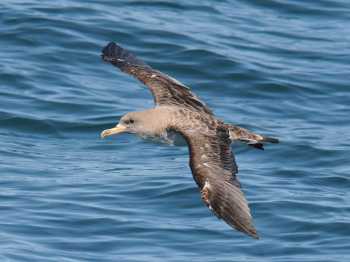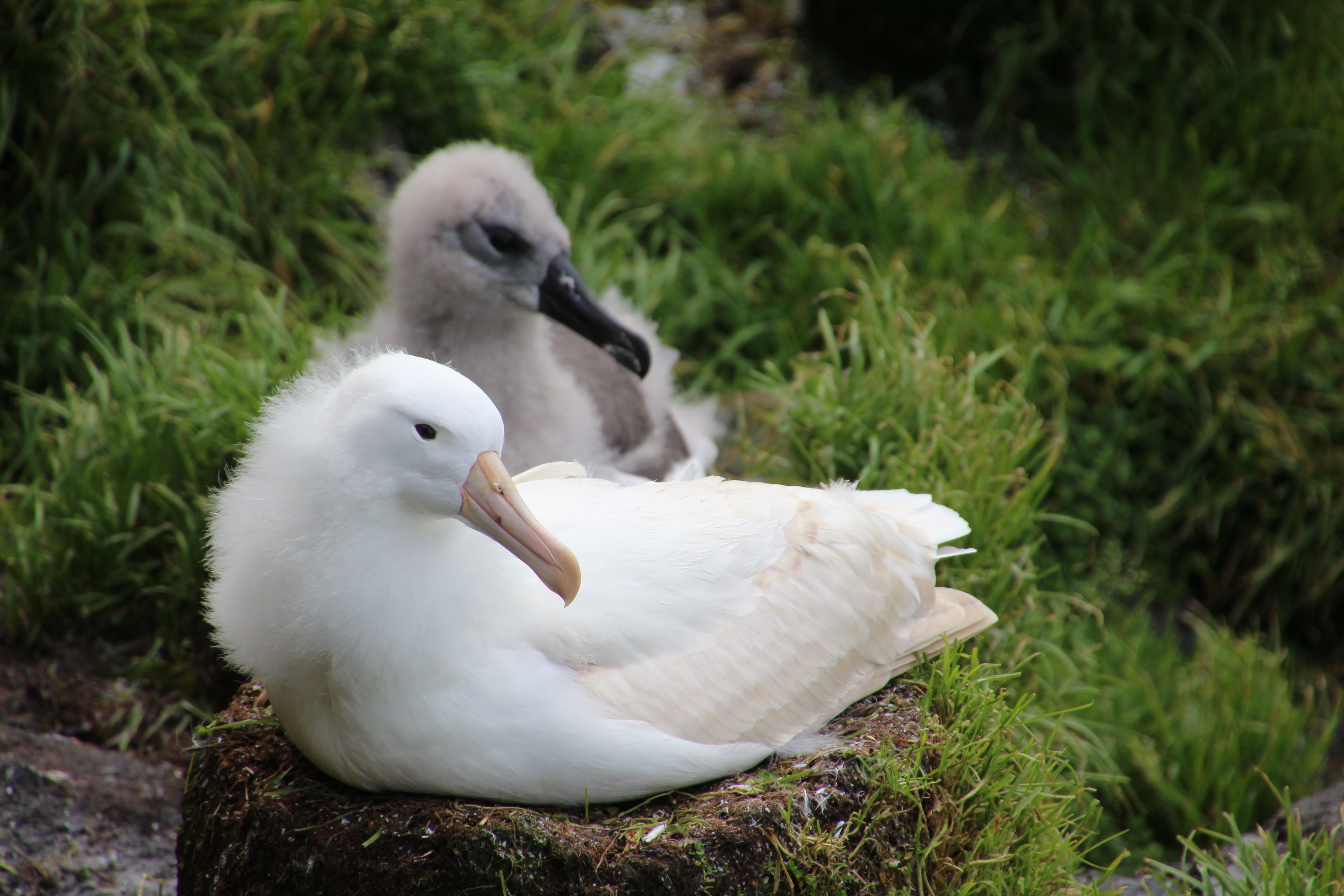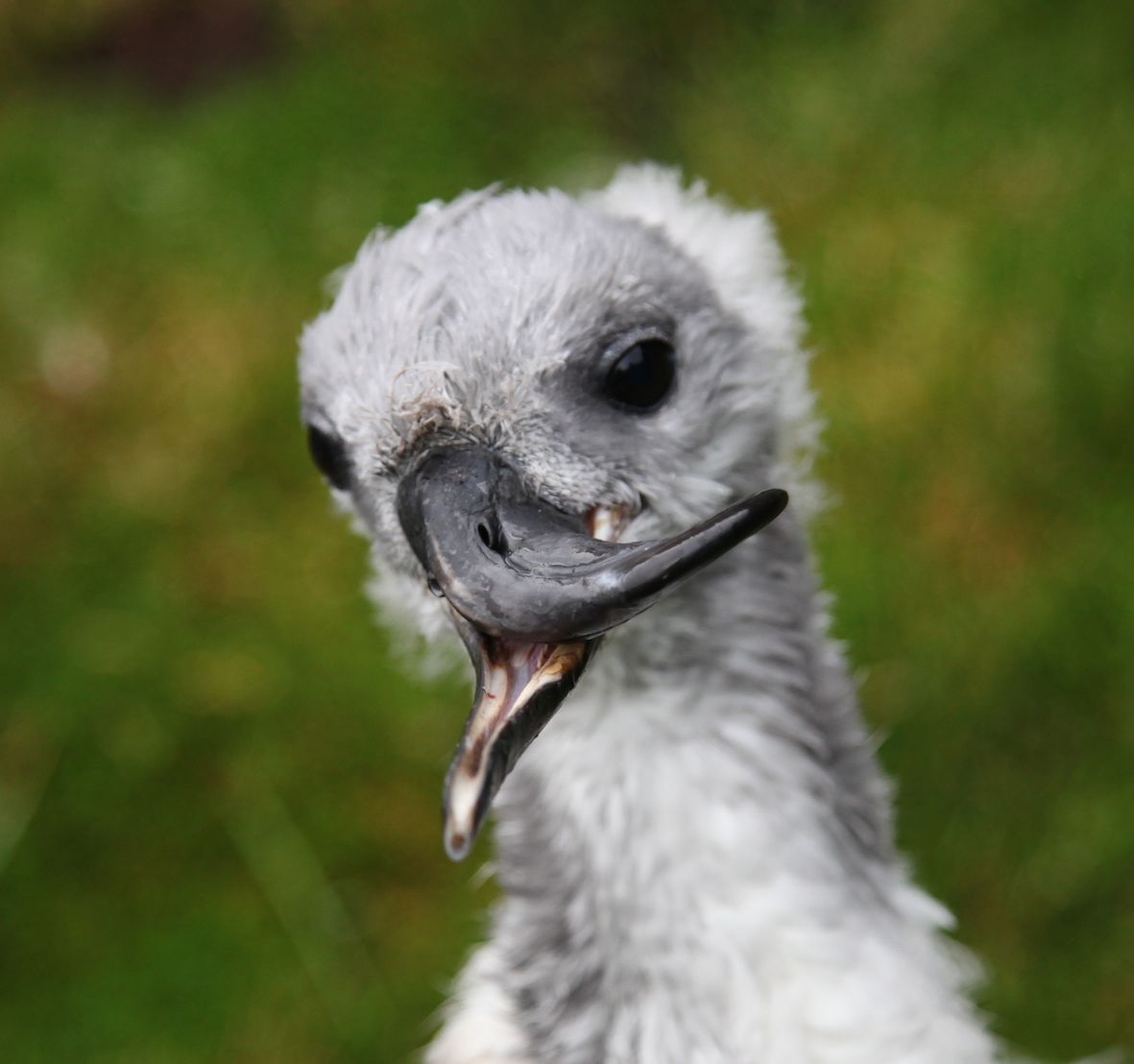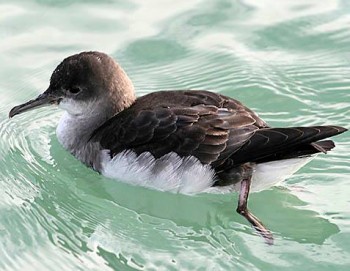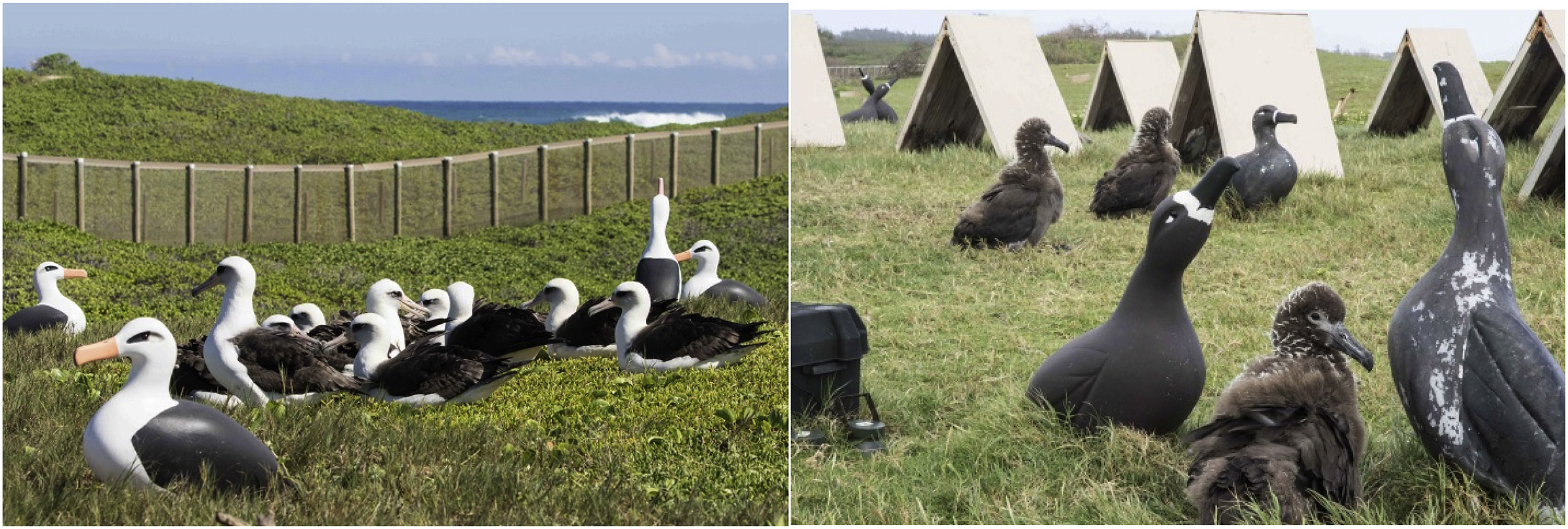Raül Ramos (Departament de Biologia Evolutiva, Universitat de Barcelona, Spain) has published in the open-access journal Ecology and Evolution on migration strategies of four different populations of Scopoli's Shearwaters Calonectris diomedea.
The paper’s abstract follows:
“Variability in long‐distance migration strategies is still poorly understood due to the fact that individuals are often tracked from a single colony/population. Transoceanic migrations of Scopoli's shearwaters (Calonectris diomedea) across the Strait of Gibraltar (SoG) have been tracked from several breeding colonies isolatedly, and factors related to the variability in phenological schedules among different populations remain, therefore, not well‐understood. Using light‐level geolocator data, I examined the autumn (postbreeding) and spring (prebreeding) migratory passage dates through SoG of four populations of Scopoli's shearwater spread along the longitudinal breeding range of the species. Additionally, I also estimated the at‐sea activity patterns (from immersion data) during both migratory passages, as well as the body size (from morphometric data) of the individuals of these populations. On average, Scopoli's shearwaters leave the Mediterranean (cross SoG) on 31 October ± 1.8 days on their autumn migrations and return on 03 March ± 1.6 days on their spring migrations. At the population level, there was a clear gradient in the timing of crossing SoG: birds from the westernmost populations (Murcia, SE Spain) were the first ones in leaving the Mediterranean while easternmost breeders (Paximada, Crete) were the last ones. In spring, only birds from the largest breeding population (Zembra, Tunisia) seemed to advance their return and crossed SoG significantly earlier than birds tracked at the remaining populations. In both passages, shearwaters from central and eastern populations spent more time flying than their conspecifics from the western Mediterranean. Scopoli's shearwater populations display a differential phenology and behavior in their migratory passages through SoG. The longitudinal gradient in body size already reported for the species could be an evolutionary response to an obvious trade‐off between sharing common wintering grounds in the Atlantic Ocean and the temporal constraints of restoring physiological condition in those grounds.”
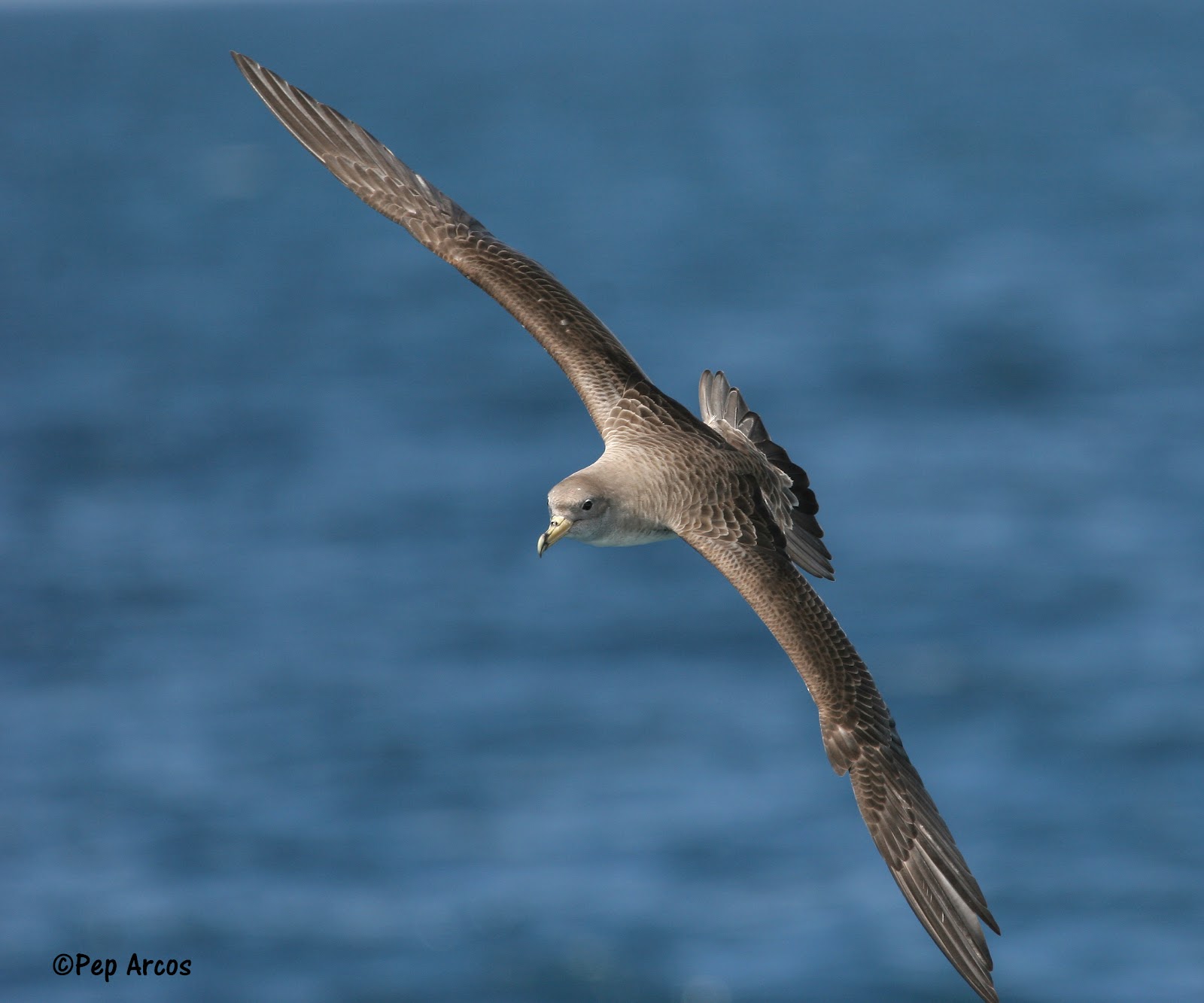
Scopoli's Shearwater at sea, photograph by 'Pep' Arcos
Reference:
Ramos, R. 2019. Crossing the Pillars of Hercules: understanding transoceanic migrations of seabirds throughout their breeding range. Ecology and Evolution doi.org/10.1002/ece3.5079.
John Cooper, ACAP Information Officer, 28 July 2019

 English
English  Français
Français  Español
Español 